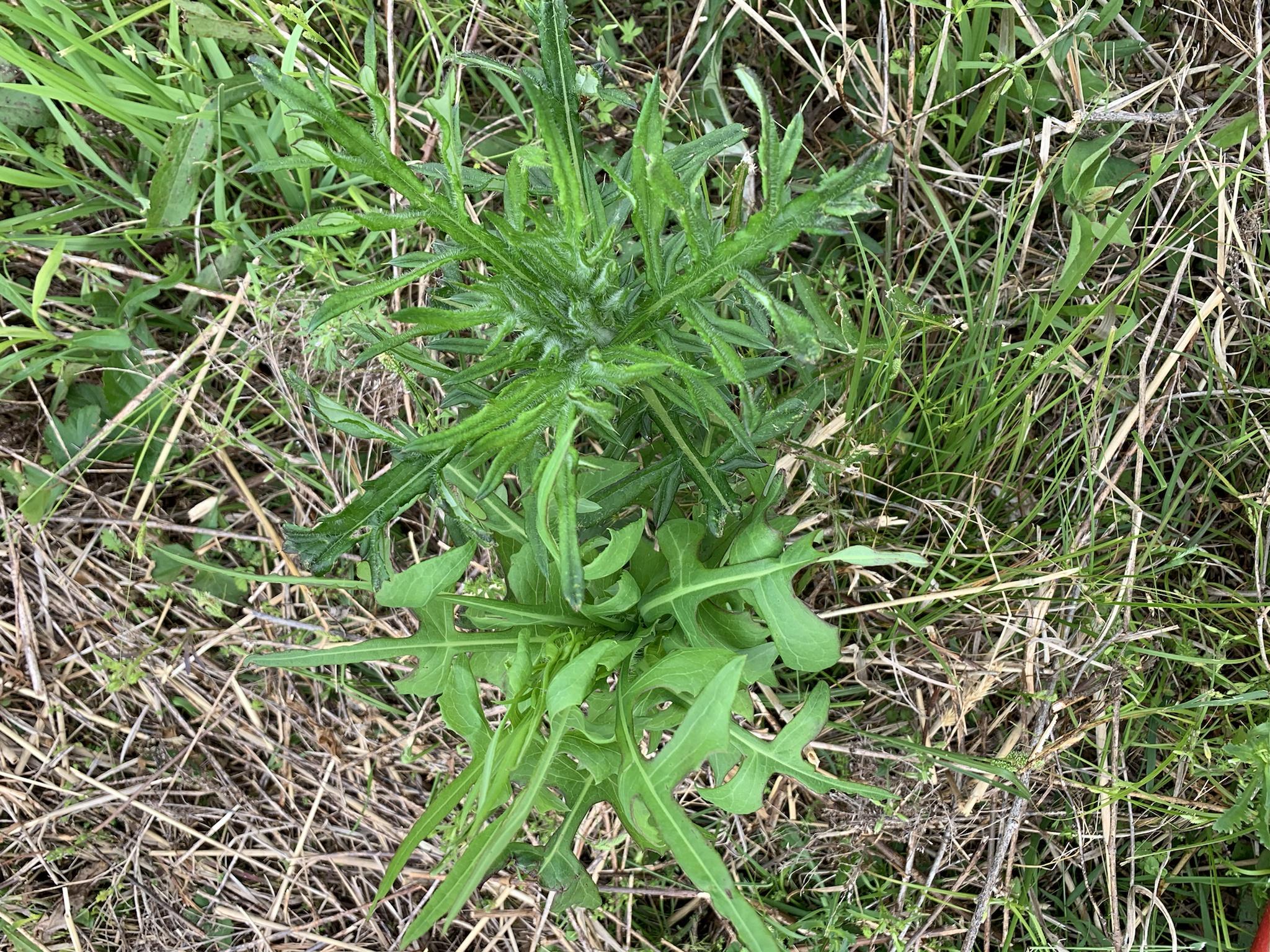Native Hunter
5 year old buck +
I mow as late in the spring as possible but definitely before fawns start dropping. Cool season junk, briers and trees will be growing well by that time and you knock them back at a time when your warm season stuff is just starting good.Native - Can you elaborate how and when you use mowing or disking to maintain this habitat? Thanks!
I don’t do much disking because my Forbs seem to hang in pretty well with the grass. But if I did disk I would do it in the spring after things started to dry up a little to prevent erosion.









